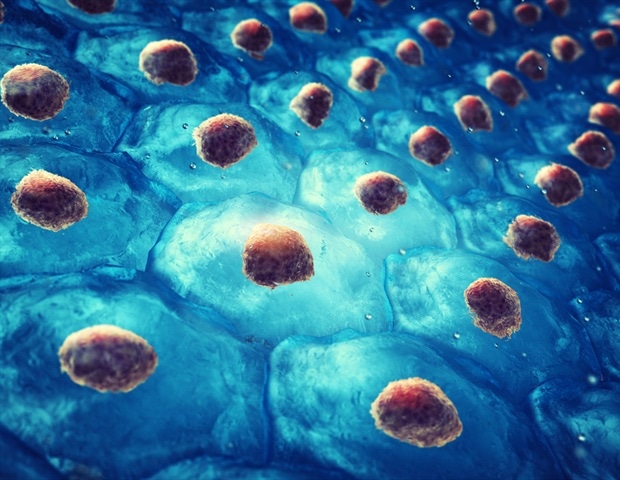A study conducted by researchers at Baylor College of Medicine and collaborating institutions reveals the molecular events leading to osteogenesis imperfecta type V, a form of brittle bone disease caused by a mutation in the gene IFITM5 . The mutation blocks the normal development of bone stem cells into mature cells, which would form healthy bones. Instead, the mutation leads to the formation of bones that are extremely brittle.
Children with this disorder have recurrent fractures, bone deformities, chronic pain and other complications. The findings, published in The Journal of Clinical Investigation , offer new possibilities to design therapies for this yet untreatable condition. "Brittle bone diseases, also known as osteogenesis imperfecta (OI), are a group of rare diseases that affect the connective tissue – tissues like bones, which support and protect other tissues in the body," said Dr.

Brendan Lee, professor, chair and Robert and Janice McNair Endowed Chair of molecular and human genetics at Baylor. He also is a member of Baylor's Dan L Duncan Comprehensive Cancer Center and part of Texas Children's Hospital. "Most types of OIs are caused by gene mutations that disrupt collagen synthesis or processing, but not OI type V.
" "OI type V is unique because all patients have the exact same mutation in the IFITM5 gene linked to the condition," said first author of the work, Dr. Ronit Marom, assistant professor of molecular and human genetics at Baylor and Texas Children's. .























